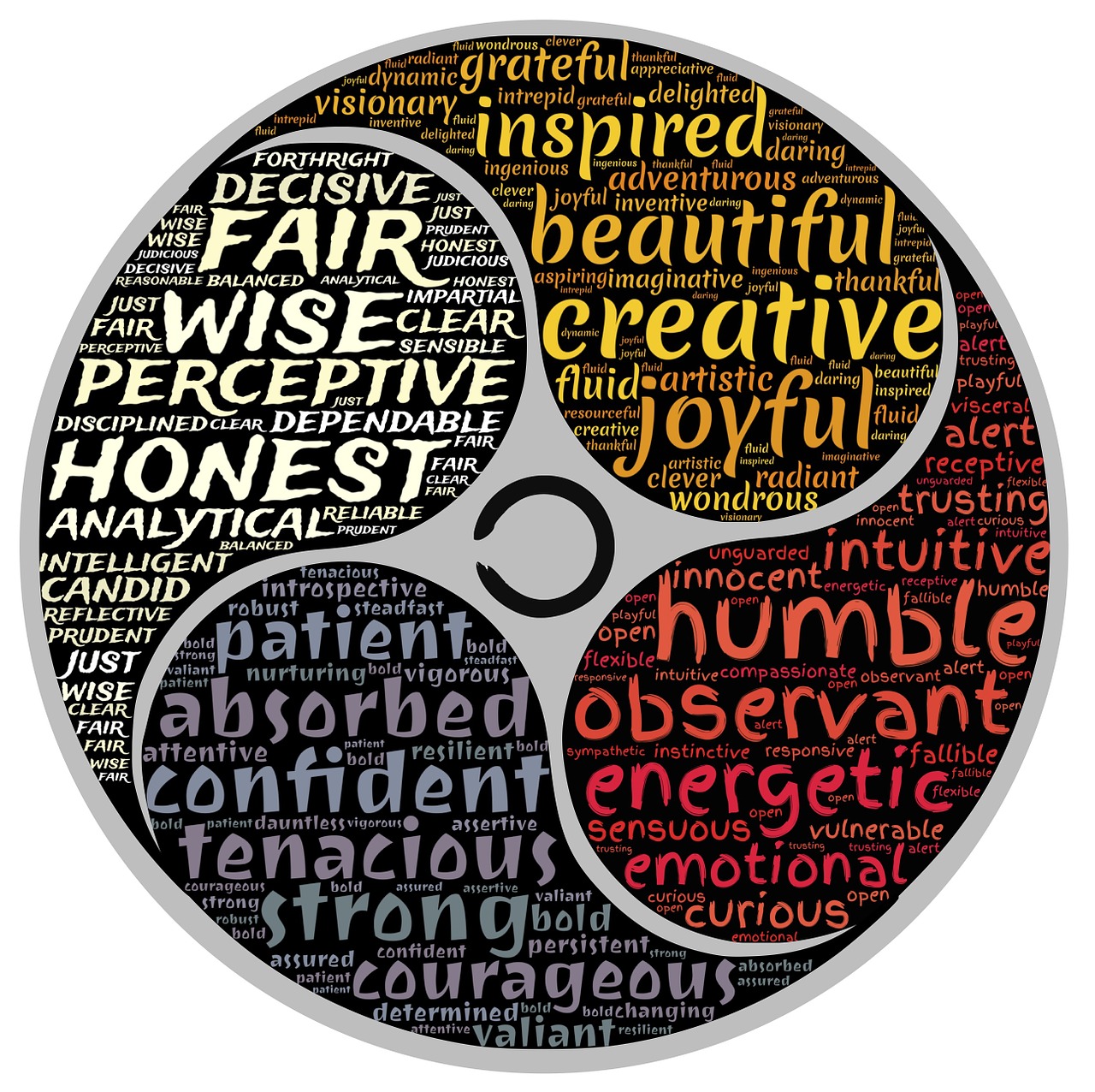An unfortunate reality of being human is that so much of the way we think, the emotions we feel, the behaviors we engage in, and the manner in which we interact with others is governed by unconscious forces of which we have little awareness or control:
- Primitive instincts (e.g., fight-or-flight),
- Emotional baggage (e.g., low self-esteem, perfectionism, fear of failure), and
- Mental habits entrenched through sheer repetition (e.g., self-doubt, self-criticism).
Combating these unconscious forces is no small feat given how deeply entrenched they can be. Consider this. Our primitive instincts have been evolving since life climbed out of the primordial muck around 500 million years ago. More recently, depending on your age, our emotional baggage and habits have been ingrained into our psyches through years and even decades of thinking, feeling, behaving, and interacting the same way over and over again.
As you can imagine, changing such deeply rooted ways of “being you” is difficult to say the least, however much you don’t like the you that you are, and you know the you you want to be (apologies for all the yous!). At the same time, difficult doesn’t mean impossible.
Before you can even begin to change the undesirable aspects of yourself (with the 3 Cs), you must first take several steps that will act as the foundation for the positive life change you seek:
- Self-awareness: Recognize the ways in which you think, feel, behave, and interact that are undermining a healthy life.
- Self-understanding: Grasp why you are who you are and do what you do (some might argue that this step isn’t important, but I believe it is essential. With self-understanding often comes self-acceptance and then self-control).
- Self-direction: A clear vision of who you want to be and the road you want to take in your life in terms of your thinking, emotions, behavior, and relationships.
With this clarity on the bad road you are on and the good road you want to get on, you now are ready to exert control over those unhealthy unconscious forces with the 3 Cs.
Conscious
To resist the unconscious forces that propel you down the bad road, you must leverage the formidable, though often underappreciated, power of your conscious mind, most specifically, your pre-frontal cortex. The PFC, as I call it, is what separates us from animals and gives us the capacity to make choices. It gives us the ability to identify short- and long-term consequences, weigh risks and rewards, consider options, and ultimate enable us to make deliberate choices about what road we want to take in terms of our thinking, emotions, behavior, and interactions with others. Importantly, the PFC enables us to defy those unconscious forces by recognizing when we start to go down the bad road and making an intentional decision to respond differently and take the good road.
Your unconscious forces are so immediate, visceral, and powerful that if you don’t make a conscious choice to take the good road, your primitive instincts, emotional baggage, or mental habits will assert themselves and direct your thinking, emotions, behavior, and interactions in many situations, particularly those that have emotional resonance to you. Those unconscious forces may attempt to dictate your internal and external lives many times during your day. As such, engaging your PFC is not only a daily decision, but, even more importantly, a moment-to-moment choice.
The challenge is that, as I noted above, the three unconscious forces are powerful and deeply rooted in your psyche, thus triggering knee-jerk reactions to your inner and outer worlds. As a result, attempting to stand up to those forces solely when they arise will likely lead to failure.
Instead, you must be prepared for those inflection points ahead of time. You can ready yourself to resist the unconscious forces in four ways:
- Recognize the three unconscious forces,
- Identify the situations in which they commonly occur,
- Know what the good road involves, and
- Have a plan for how you will take the good road.
This preemptive action ensures that you aren’t surprised when your unconscious forces attempt to hijack your thoughts, emotions, behavior, or interactions with others. It also enables your PFC to jump into action immediately before those forces can take control and gives you the time to execute your plan to shift from the bad road to the good road.
Commitment
Our ingrained tendency is to fall back on the unconscious forces that have directed our lives for so long. As a result, you must first recognize that you are about to head down the bad road, see the fork in the road, and make the conscious choice to take the good road. Then, you must marshal all of the considerable resources available to your PFC to actually make the change.
Given the power of the three unconscious forces, this shift requires that you make an unwavering commitment to resist them and do what is necessary to leave the bad road and proceed down the good road. Just as you must make a conscious moment-to-moment choice to make the change, you must also make a moment-to-moment commitment and engage whatever inspiration, motivation, determination, and drive you have that will allow your PFC to override the unconscious forces and drive you onto the good road.
Consistent
Being able to make this conscious commitment a few times will certainly improve your life when you change from the bad to the good road. At the same time, it probably won’t be enough to produce long-lasting, positive change because your brain has been wired through repetition to pull you down the bad road.
That’s where consistency comes in. Though you may not realize it, in time, your consistent efforts to take the good road will slowly, but steadily, rewire all of the connections in your brain that had been taking you down the bad road. The challenge is that it will take many, many repetitions of your resisting the pull of the bad road and taking the good road. How many repetitions of the new way of thinking, feeling, behaving, or interacting is still up for debate. But some research suggests between 18 and 254 days (I think it can take far more depending on the specific unconscious force involved and how many years it has been in place). That may seem like an intimidating number to achieve, but if you think about how many times in your day that you go down the bad road, reaching a high number of repetitions doesn’t seem quite as daunting.
Yes, it will take considerable determination and effort to get off the bad road and take the good road. But the nice thing about positive life change is that it is self-reinforcing; you feel good and you do better. This positive shift will encourage and motivate you to keep up your efforts. The more you choose the good road, the easier it will be to make the shift in the future.
After a while, with consistent conscious commitment, you’ll reach an inflection point where, all of a sudden, you feel no pull from the bad road and, with no awareness or thought. And, importantly, you will happily proceed down the good road of healthy thinking, emotions, behaviors, and interactions that enable you to be the person you want to be and live the life you want to live.







